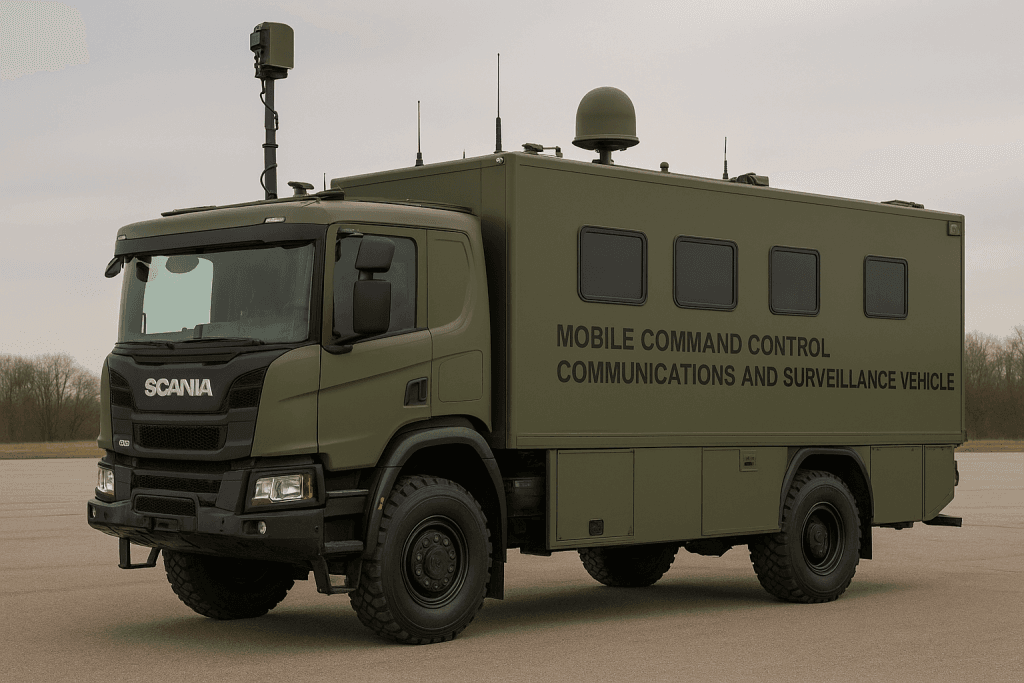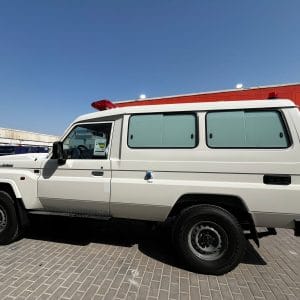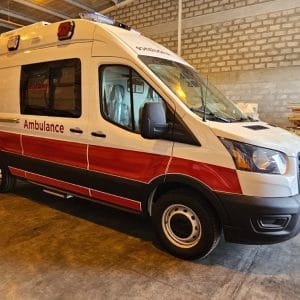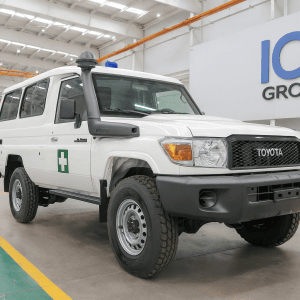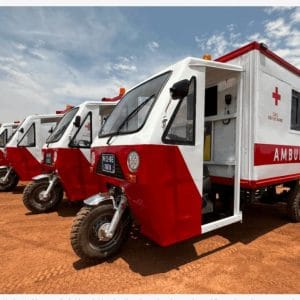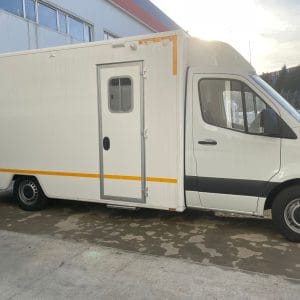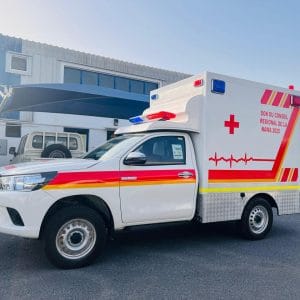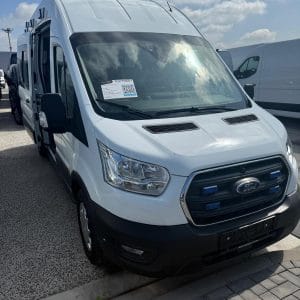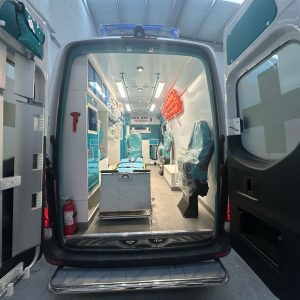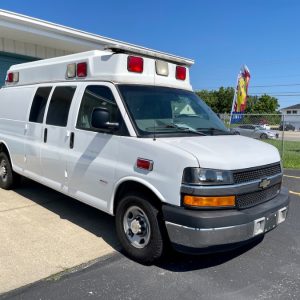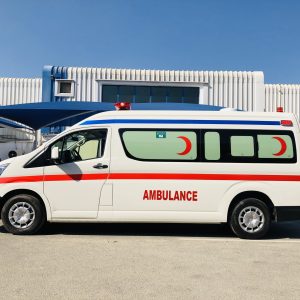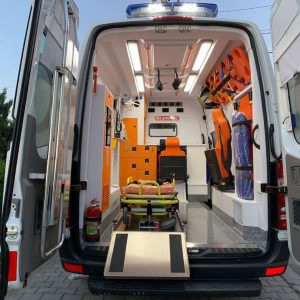Mobile Command, Control, Communications, and Surveillance (C3S) Vehicle; In an era defined by complex security challenges and unpredictable natural disasters, the ability to establish a command presence anywhere, anytime, is a decisive advantage. The Mobile Command, Control, Communications, and Surveillance (C3S) Vehicle represents the pinnacle of this capability. This isn’t just a truck with some radios; it’s a rolling headquarters, a technological nerve center designed to bring order to chaos. Built on the robust Scania P450 4×4 chassis and integrating a suite of cutting-edge technology, this platform ensures that decision-makers have the situational awareness and communication tools they need in the most demanding environments, all within a project budget of $350,000 USD.
This article provides a comprehensive technical breakdown of this advanced C3S vehicle, exploring its components, capabilities, and the transformative impact it brings to modern operations.
The Backbone: Unshakeable Mobility and a Fortified Mission Module
The foundation of any mobile command center is its vehicle platform. The choice of the Scania P450 4×4 is no accident. Renowned for its reliability and off-road prowess, this chassis provides the necessary muscle and resilience.
- Engine and Drivetrain: The 450 horsepower diesel engine delivers a massive 2350 Nm of torque, enabling the vehicle to navigate steep inclines and difficult terrain without hesitation. Coupled with the Scania Opticruise automatic gearbox, it ensures smooth and efficient power delivery, reducing driver fatigue during long deployments.
- The Mission Module: The cargo area is transformed into a state-of-the-art command post. Constructed with an all-steel body, it features thermal and acoustic insulation to maintain a stable interior environment in extreme climates and provide a quiet space for concentration. Crucially, the module is EMI/RFI shielded, protecting sensitive electronic equipment from external electromagnetic interference that could disrupt critical communications and data systems. An IP65 rating guarantees protection against dust and high-pressure water jets, ensuring operational integrity in sandstorms or heavy rain.
- Climate Control: A redundant 24,000 BTU HVAC system is not a luxury; it’s a necessity. It maintains a comfortable temperature for personnel and, more importantly, prevents electronic equipment from overheating in desert conditions or freezing in arctic environments, ensuring 24/7 operational readiness.
The Eyes and Ears: Advanced Surveillance and Reconnaissance
Situational awareness is the cornerstone of effective command and control. This C3S vehicle is equipped with a multi-layered surveillance suite that provides unparalleled visibility from the ground and the air.
The 7-Meter Pneumatic Mast: Silent Sentinel
A key feature is the 7-meter pneumatic mast. Unlike noisy hydraulic or electric systems, this air-operated mast deploys silently and rapidly (in under 60 seconds), preventing the vehicle from revealing its position during sensitive operations. It can lift a 30 kg payload of sensors high above obstacles, providing a crucial vantage point.
Primary Sensor: The EO/IR Gimbal
Mounted on this mast is a high-performance, stabilized electro-optical/infrared (EO/IR) camera gimbal. This single unit provides multiple sensing capabilities:
- Thermal Camera: With a resolution of 640×512 pixels and a high sensitivity of <40 mK, this camera can detect human presence and vehicle activity in total darkness, through light fog, and smoke.
- Optical Camera: A 4K resolution camera with a powerful 30x optical zoom allows operators to identify objects and individuals from a safe distance with exceptional clarity.
- Laser Rangefinder: Integrated directly into the gimbal, this tool provides precise distance measurement to targets, essential for coordination and planning.
Peripheral Vision and Automated Intelligence
For immediate local security, the vehicle is fitted with four 8MP IP cameras providing a 360-degree view of its surroundings. Furthermore, an Automated License Plate Recognition (LPR) system on the front and rear automatically scans and identifies vehicle plates, a critical tool for perimeter security and law enforcement operations.
The Nervous System: Secure and Redundant Communications
A command center is useless if it cannot communicate. This C3S vehicle features a robust, multi-layered communications architecture designed to maintain connectivity even when local infrastructure is compromised.
- Satellite Communications (SATCOM): A BGAN terminal provides broadband data and clear voice communication from virtually anywhere on the globe. This ensures that the command post can relay situation reports, receive orders, and access critical data networks regardless of cellular coverage.
- Radio Communications: A powerful 50W VHF/UHF base station radio serves as the workhorse for local communication, linking the vehicle with foot patrols, other vehicles, and a central command. External antenna coupling ensures maximum range.
- Network Infrastructure: Inside, a managed 24-port Gigabit PoE+ switch forms the core of the local area network, powering cameras and access points. A high-grade firewall protects the network from cyber threats, while an internal Wi-Fi 6 access point provides high-speed wireless connectivity for personnel devices within and around the vehicle.
- Internal Communication: An IP-based intercom system allows for clear and instant communication between the commander, operators, and the driver without the need for shouting over background noise.
The Aerial Advantage: Integrated Unmanned Aerial System (UAS)
To extend its vision beyond the horizon, the vehicle integrates an enterprise-grade quadcopter, such as the DJI Matrice 30T. This isn’t a consumer drone; it’s a sophisticated reconnaissance tool.
- Its tri-sensor gimbal (wide, zoom, thermal, and laser rangefinder) provides versatile imaging options.
- The live video feed is seamlessly integrated into the command center’s main displays, allowing the team to see a real-time aerial view of the operational area, track moving targets, and assess situations from a unique perspective.
The Brain: The Command and Control Interior
Step inside, and you enter a high-tech operations center designed for efficiency and collaboration.
- Workstations and Computing: Two ergonomic operator stations are equipped with high-performance PCs (Intel i7 processors, 32GB RAM, professional graphics cards) capable of running complex mapping, video analytics, and communication software simultaneously.
- Central Display: A massive 75-inch 4K UHD command display acts as the focal point, showcasing a common operational picture (COP) that can include live video feeds, digital maps, asset locations, and communication status.
- Data Management: At the heart of it all is a ruggedized server with a Xeon CPU and 64GB RAM, ensuring reliable data processing. All video streams are recorded and managed by a Network Video Recorder (NVR) with four 4TB SSDs configured in a RAID-5 array, which provides a balance of high speed, large capacity, and data redundancy—if one drive fails, no footage is lost.
The Lifeblood: Uninterruptible Power Systems
None of these systems are useful without power. The vehicle is designed for complete energy independence.
- Primary Generation: An 8 kVA silent diesel generator provides the main power for extended operations.
- Backup Power: A 3 kVA Online UPS with a lithium battery bank takes over instantly in the event of a generator failure, preventing any system downtime. It also provides clean, stable power free of surges or sags.
- Auxiliary Power: 300W of roof-mounted solar panels contribute to charging the batteries, enabling “silent watch” missions where the generator can be switched off to maintain acoustic stealth.
Key Operational Capabilities in Action
The integration of these systems creates a whole that is greater than the sum of its parts. The key capabilities include:
- Rapid Deployment: The vehicle can arrive on scene and be fully operational, with its mast raised and systems online, in a matter of minutes.
- Comprehensive Situational Awareness (SA): By fusing the aerial view from the drone, the elevated view from the mast, and the local view from the perimeter cameras, commanders gain a holistic, real-time understanding of the battlefield or disaster zone.
- Extended Operational Autonomy: With redundant power systems and secure communications, the vehicle can sustain 24/7 operations for days without relying on local infrastructure.
- All-Terrain Mobility: The Scania 4×4 chassis ensures that this advanced capability can be delivered directly to where it is needed most, whether on a rough dirt track, a muddy field, or a debris-strewn disaster site.
Applications: Where the C3S Vehicle Makes a Difference
This Mobile C3S Vehicle is a versatile asset for a wide range of users:
- Military Forces: For forward command posts, border surveillance, and convoy protection.
- Disaster Response Agencies: For coordinating search and rescue efforts, managing relief distribution, and establishing communication in areas where cell towers are down.
- Law Enforcement: For major event security, hostage situations, and SWAT operations.
- Critical Infrastructure Protection: For monitoring pipelines, power plants, and large industrial facilities.
Conclusion: The Future of Mobile Command is Here
The Mobile C3S Vehicle on a Scania P450 4×4 chassis is more than just a piece of equipment; it is a force multiplier. It empowers a small team to manage complex situations with the efficiency and awareness of a much larger force. By integrating command, control, communications, and surveillance into a single, resilient, and mobile platform, this vehicle represents the gold standard for modern operational response, proving that advanced capability can be both accessible and deployable at a strategic budget point.


